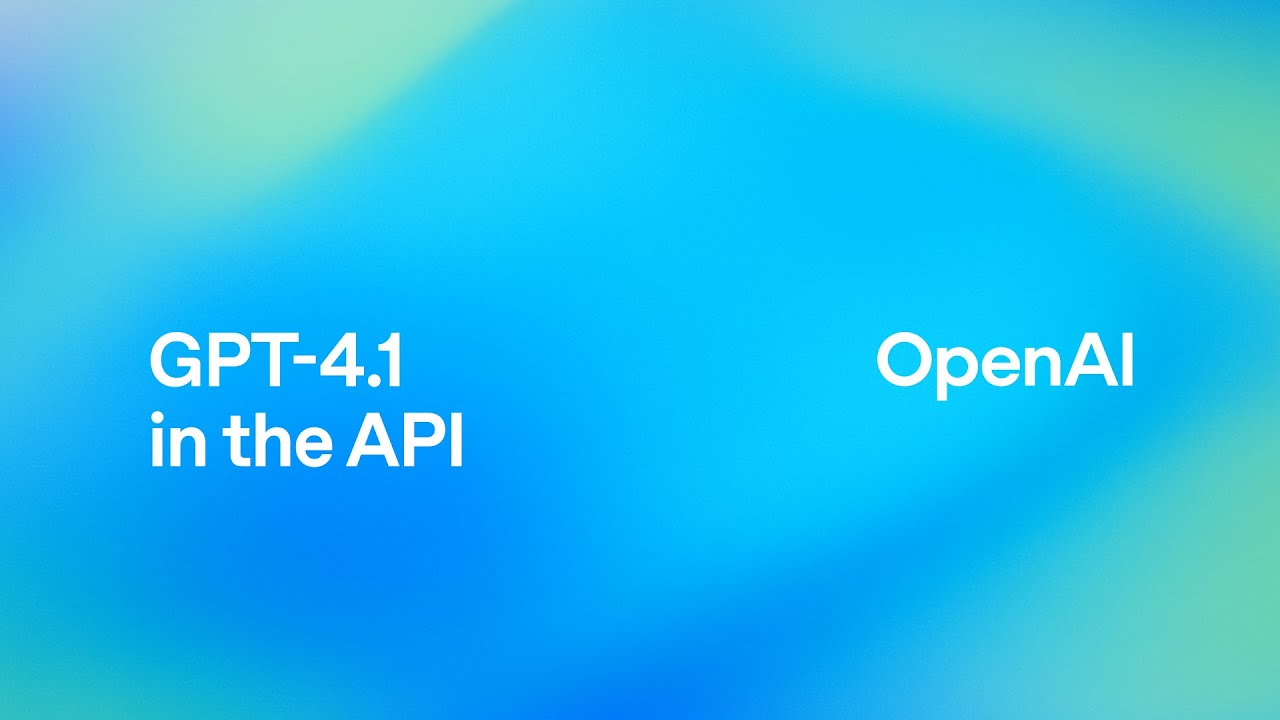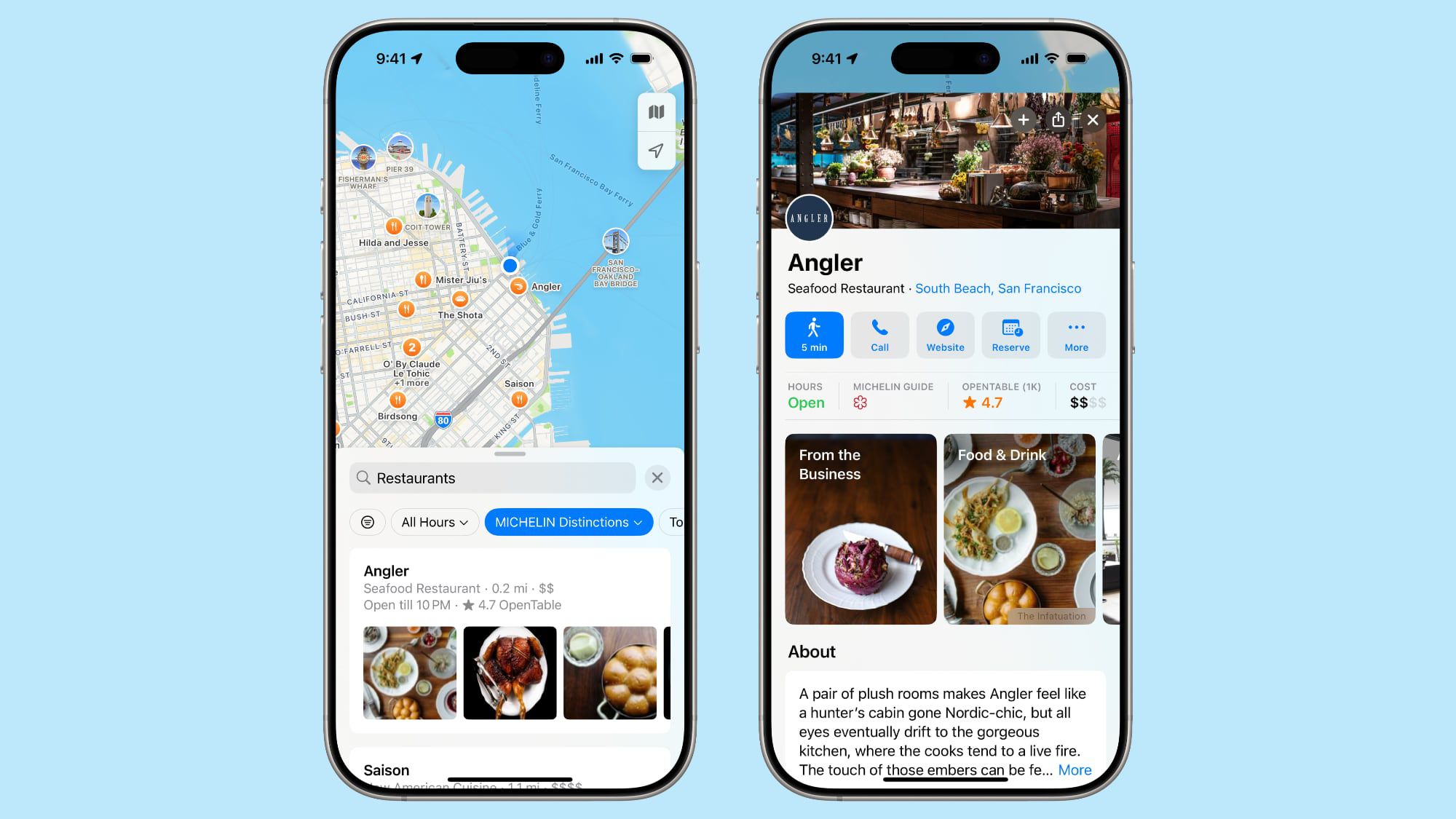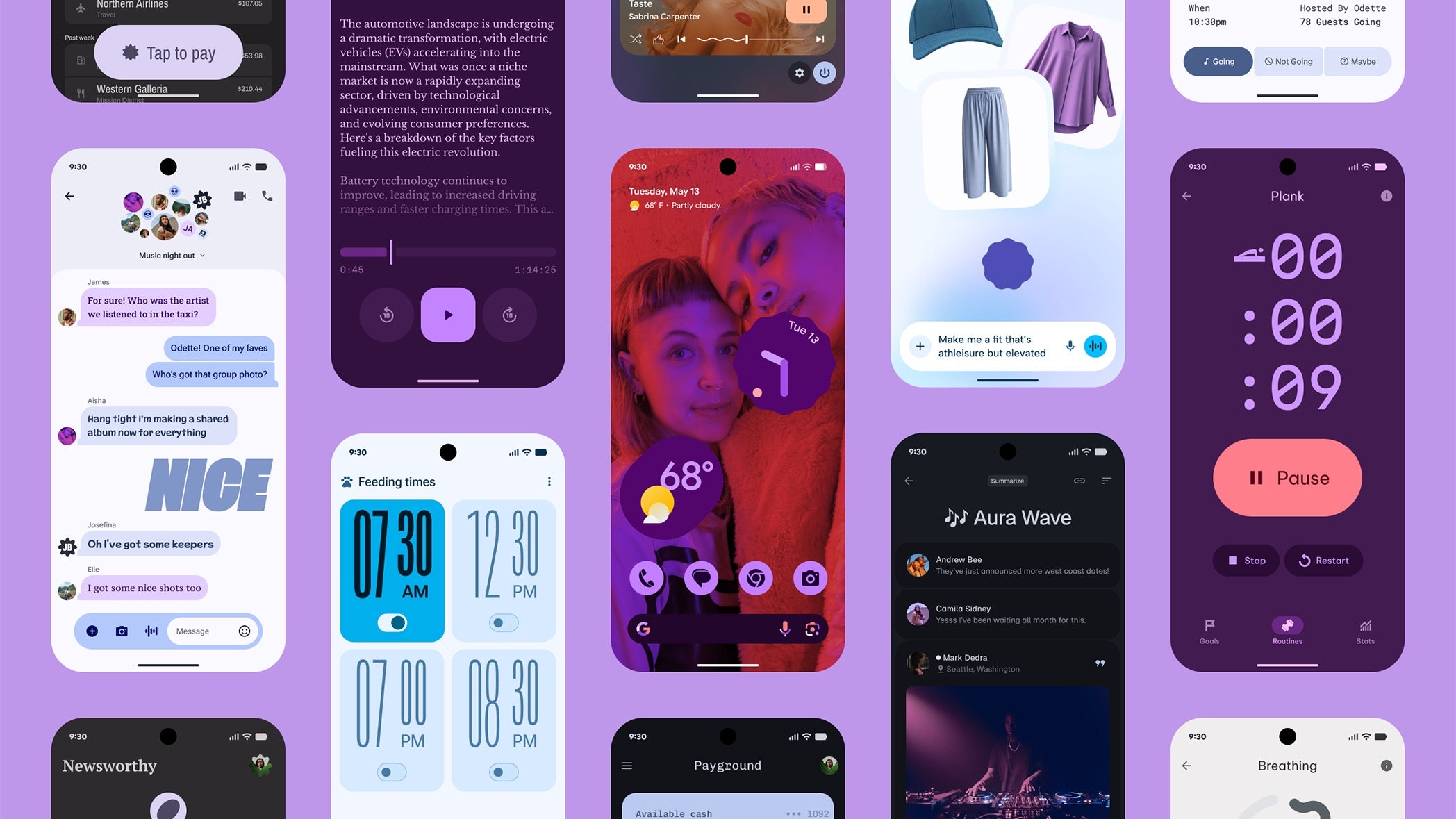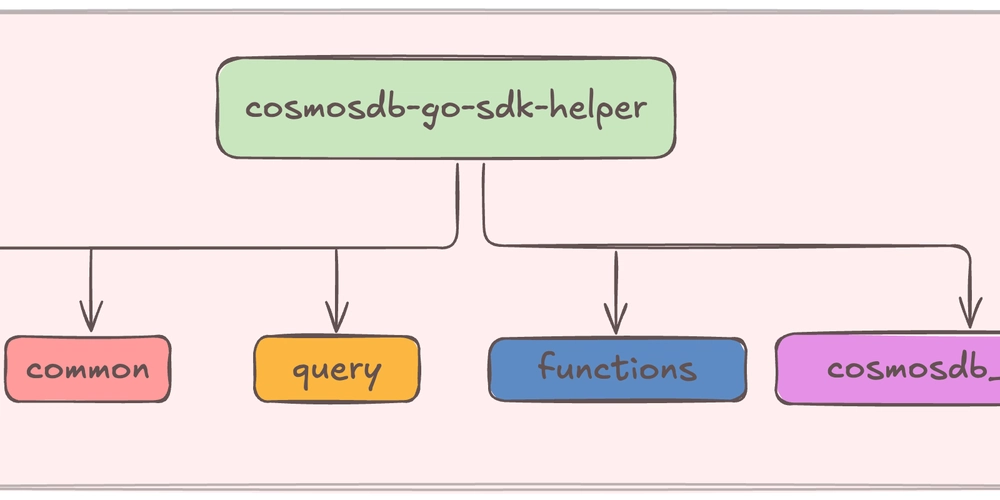How to Fix 403 Errors When Patching Asset Statuses in Python
Understanding the 403 Error in API Requests When you're working with APIs, it's common to encounter various errors, and the '403 Forbidden' error is one that can be particularly confusing. This error indicates that while you're authenticated, your current permissions do not allow you to perform the action you're attempting. In this case, you're trying to perform a batch PATCH request to update asset statuses in Autodesk's API, but you're running into a 403 error despite being an Account Admin. Why the 403 Error Occurs The 403 error suggests that your user account, even with admin privileges, is lacking specific permissions necessary to execute the PATCH request. Each endpoint within an API can have its own set of permissions that dictate what actions can be performed by different users. Given that your previous GET requests worked successfully, it's likely that the permissions around updating (PATCH) assets are more restricted. Common Reasons for Insufficient Authorization: Scope of Access Tokens: Sometimes, the access tokens you're using might not include the required scopes for modifying resources. Ensure that your token is generated with the necessary permissions to perform updates. Role-Based Access Control (RBAC): Even as an Account Admin, specific actions might be restricted. Check Autodesk's documentation or with your account administrator to confirm that your role allows for updating asset statuses. API Endpoint Limitations: It's possible that the specific endpoint you're attempting to access has additional constraints. Review the Autodesk API documentation for limitations on the PATCH requests. Step-by-Step Guide to Troubleshoot and Fix the Issue Let's walk through some steps to identify and fix the 403 error with your API requests. 1. Verify Your API Documentation Start by reviewing the Autodesk API documentation related to batch updates to ensure that you're following all required procedures. Specifically, focus on the authentication and permissions sections. 2. Check Your Access Token Make sure the access token you're using is generated with the correct scopes. For example, if your token lacks the 'asset:update' permission, you'll encounter a 403 error. Here's how you can validate your token scopes: import requests # Assuming `access_token` contains your OAuth token url = 'https://developer.api.autodesk.com/authenticate/v1/token' headers = {'Authorization': f'Bearer {access_token}'} response = requests.get(url, headers=headers) if response.status_code == 200: print('Token valid:', response.json()) else: print('Failed to verify token:', response.status_code, response.text) 3. Ensure Proper API Request Format Double-check the format of your PATCH request. Here's an example of how to structure a PATCH request using Python's requests library to update asset statuses: import pandas as pd import requests # Load your updated statuses from Excel excel_data = pd.read_excel('asset_status_updates.xlsx') # Your URL for the PATCH request url = 'https://developer.api.autodesk.com/some/api/endpoint' for index, row in excel_data.iterrows(): asset_id = row['id'] new_status_id = row['status_id'] payload = { 'status_id': new_status_id } headers = { 'Authorization': f'Bearer {access_token}', 'Content-Type': 'application/json' } response = requests.patch(f'{url}/{asset_id}', json=payload, headers=headers) if response.status_code == 204: print(f'Successfully updated asset {asset_id} to status {new_status_id}') else: print(f'Failed to update asset {asset_id}:', response.status_code, response.text) 4. Review API Rate Limits and Quotas Ensure that you're not exceeding any rate limits set by Autodesk. Too many requests in a short period can lead to temporary bans that manifest as 403 errors. 5. Test the Request with cURL or Postman If issues persist, try running the PATCH request using cURL or Postman with the same headers and payload. This can help narrow down whether the issue is with your Python code or with permissions on the API side. Frequently Asked Questions What does a 403 forbidden error mean? A 403 forbidden error means that your authentication was accepted, but you do not have permission to perform the requested action on the resource. How can I obtain the right permissions? Contact your Autodesk account administrator to ensure that your user role has sufficient permissions for updating asset statuses. Review API documentation for specific permissions required. Can I use other tools to manage my API requests? Yes, tools like Postman and cURL are excellent for testing API requests and can sometimes provide more insight into error responses compared to a code environment. Conclusion Encountering a 403 error is a common issue when working with APIs, especially regarding permissions. By verifying your access token, checking API documentation, and ensuring proper request formatting, you can

Understanding the 403 Error in API Requests
When you're working with APIs, it's common to encounter various errors, and the '403 Forbidden' error is one that can be particularly confusing. This error indicates that while you're authenticated, your current permissions do not allow you to perform the action you're attempting. In this case, you're trying to perform a batch PATCH request to update asset statuses in Autodesk's API, but you're running into a 403 error despite being an Account Admin.
Why the 403 Error Occurs
The 403 error suggests that your user account, even with admin privileges, is lacking specific permissions necessary to execute the PATCH request. Each endpoint within an API can have its own set of permissions that dictate what actions can be performed by different users. Given that your previous GET requests worked successfully, it's likely that the permissions around updating (PATCH) assets are more restricted.
Common Reasons for Insufficient Authorization:
- Scope of Access Tokens: Sometimes, the access tokens you're using might not include the required scopes for modifying resources. Ensure that your token is generated with the necessary permissions to perform updates.
- Role-Based Access Control (RBAC): Even as an Account Admin, specific actions might be restricted. Check Autodesk's documentation or with your account administrator to confirm that your role allows for updating asset statuses.
- API Endpoint Limitations: It's possible that the specific endpoint you're attempting to access has additional constraints. Review the Autodesk API documentation for limitations on the PATCH requests.
Step-by-Step Guide to Troubleshoot and Fix the Issue
Let's walk through some steps to identify and fix the 403 error with your API requests.
1. Verify Your API Documentation
Start by reviewing the Autodesk API documentation related to batch updates to ensure that you're following all required procedures. Specifically, focus on the authentication and permissions sections.
2. Check Your Access Token
Make sure the access token you're using is generated with the correct scopes. For example, if your token lacks the 'asset:update' permission, you'll encounter a 403 error. Here's how you can validate your token scopes:
import requests
# Assuming `access_token` contains your OAuth token
url = 'https://developer.api.autodesk.com/authenticate/v1/token'
headers = {'Authorization': f'Bearer {access_token}'}
response = requests.get(url, headers=headers)
if response.status_code == 200:
print('Token valid:', response.json())
else:
print('Failed to verify token:', response.status_code, response.text)
3. Ensure Proper API Request Format
Double-check the format of your PATCH request. Here's an example of how to structure a PATCH request using Python's requests library to update asset statuses:
import pandas as pd
import requests
# Load your updated statuses from Excel
excel_data = pd.read_excel('asset_status_updates.xlsx')
# Your URL for the PATCH request
url = 'https://developer.api.autodesk.com/some/api/endpoint'
for index, row in excel_data.iterrows():
asset_id = row['id']
new_status_id = row['status_id']
payload = {
'status_id': new_status_id
}
headers = {
'Authorization': f'Bearer {access_token}',
'Content-Type': 'application/json'
}
response = requests.patch(f'{url}/{asset_id}', json=payload, headers=headers)
if response.status_code == 204:
print(f'Successfully updated asset {asset_id} to status {new_status_id}')
else:
print(f'Failed to update asset {asset_id}:', response.status_code, response.text)
4. Review API Rate Limits and Quotas
Ensure that you're not exceeding any rate limits set by Autodesk. Too many requests in a short period can lead to temporary bans that manifest as 403 errors.
5. Test the Request with cURL or Postman
If issues persist, try running the PATCH request using cURL or Postman with the same headers and payload. This can help narrow down whether the issue is with your Python code or with permissions on the API side.
Frequently Asked Questions
What does a 403 forbidden error mean?
A 403 forbidden error means that your authentication was accepted, but you do not have permission to perform the requested action on the resource.
How can I obtain the right permissions?
Contact your Autodesk account administrator to ensure that your user role has sufficient permissions for updating asset statuses. Review API documentation for specific permissions required.
Can I use other tools to manage my API requests?
Yes, tools like Postman and cURL are excellent for testing API requests and can sometimes provide more insight into error responses compared to a code environment.
Conclusion
Encountering a 403 error is a common issue when working with APIs, especially regarding permissions. By verifying your access token, checking API documentation, and ensuring proper request formatting, you can successfully perform batch updates to asset statuses in Autodesk. Don't hesitate to reach out to Autodesk support if you continually face challenges, as they can assist with account-specific issues to enable the required access.




































































































































































![[The AI Show Episode 147]: OpenAI Abandons For-Profit Plan, AI College Cheating Epidemic, Apple Says AI Will Replace Search Engines & HubSpot’s AI-First Scorecard](https://www.marketingaiinstitute.com/hubfs/ep%20147%20cover.png)











































































































































































.jpg?#)





















![Legends Reborn tier list of best heroes for each class [May 2025]](https://media.pocketgamer.com/artwork/na-33360-1656320479/pg-magnum-quest-fi-1.jpeg?#)
































































_Gang_Liu_Alamy.jpg?width=1280&auto=webp&quality=80&disable=upscale#)





















































































-xl.jpg)




























![Vision Pro May Soon Let You Scroll With Your Eyes [Report]](https://www.iclarified.com/images/news/97324/97324/97324-640.jpg)
![Apple's 20th Anniversary iPhone May Feature Bezel-Free Display, AI Memory, Silicon Anode Battery [Report]](https://www.iclarified.com/images/news/97323/97323/97323-640.jpg)

![Apple Planning Bezel-Free iPhone With 'Four-Sided Bending' Display [Report]](https://www.iclarified.com/images/news/97321/97321/97321-640.jpg)


































































































